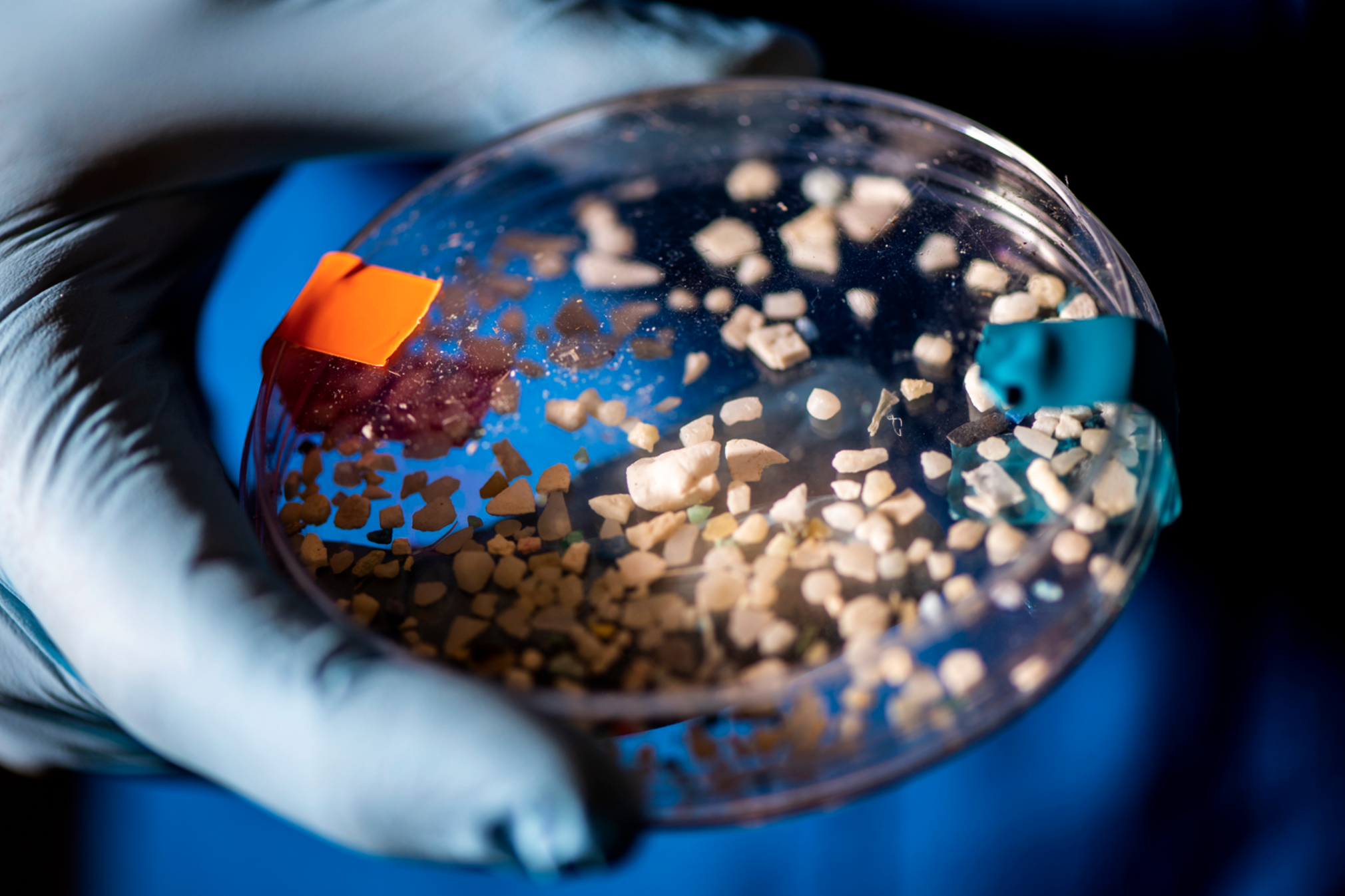To put it mildly, mitochondria are important. These units, known as organelles, are responsible for the energy production that keeps cells functioning, but that’s not all. As Northeastern University biology professor and researcher Dori Woods succinctly put it, “Mitochondria are more than just the powerhouse of the cell.”
They also play key roles in vital functions like apoptosis (cell death) and the creation of hormones. Beyond that, researchers suspect that they may also play roles in other cell behaviors, both in and outside the cell. For all of their importance, however, there’s much we still don’t know about them.
That’s at least partially due to technical hurdles. At present, most study methods require breaking up the cells, followed by scooping up of mitochondria. Unfortunately, this method can be rather inexact, as non-mitochondria materials can be incorporated in the sample.
And even though mitochondria have a variety of shapes and traits, they are studied in undifferentiated masses numbering in the millions, making them even harder to study. This further increases the difficulty of studying individual mitochondria and their functions. So, if you want to study pure mitochondria populations in order to determine their effects on cell behavior as Woods and her team wanted to, what can you do?
Woods and her colleagues invented a modified version of fluorescence-activated cell sorting (FACS). FACS is a subset of flow cytometry, a technique that examines the physical and chemical properties of individual cells by flowing them past laser beams and sorting the cells based on the resulting frequencies. As size is one of the greatest barriers to the observation of mitochondria—normal cells range in size from 10 to 25 microns, and mitochondria are usually in the 0.4 to 0.5 micron range—the technique can’t be used on mitochondria as it typically exists.
To circumvent this, Woods, in association with BD Biosciences, a global medical technology company, patented a modified version of FACS that downsizes the technology to the nanoscale level so that it is capable of examining mitochondria, refining it to the point of examining these as single organelles. The “cell” in FACS was replaced by mitochondria, thus designating the new technology as “FAMS.”
The team confirmed the technology performed as intended by using fluorescent dyes to label mitochondria and seeing if the technology could sort intended mitochondria from the rest, which it did. They showed that FAMS could sort mitochondria without damaging them by looking for and finding DNA in the sorted mitochondria, since intact and undamaged mitochondria contain DNA.
The team proved the sorted mitochondria were still functional by confirming they could still generate ATP after being given ADP. ADP is a molecule in the body that supplies cells with energy among other functions. One of mitochondria’s key functions is converting ADP into ATP, a complex organic molecule that fuels many processes in the cell.
FAMS sorts and isolates mitochondria without cross-contaminating or fusing them with each other. It not only sorts mitochondria, but sorts it based on characteristics like size, activity, protein make-up, and dynamics. The technology can also separate based on combinations of traits as well as individual ones. Because of FAMS, researchers can evaluate mitochondria subpopulation dynamics within the context of a single cell for the first time. The technology can examine any cell pieces individually, not just mitochondria, opening up the potential for cross-disciplinary utilization.
With this new technology, Woods next hopes to further study the nuances of mitochondria behavior, such as its communication with the nucleus, especially within the context of human fertility and reproduction.
Biochemistry
Biology

